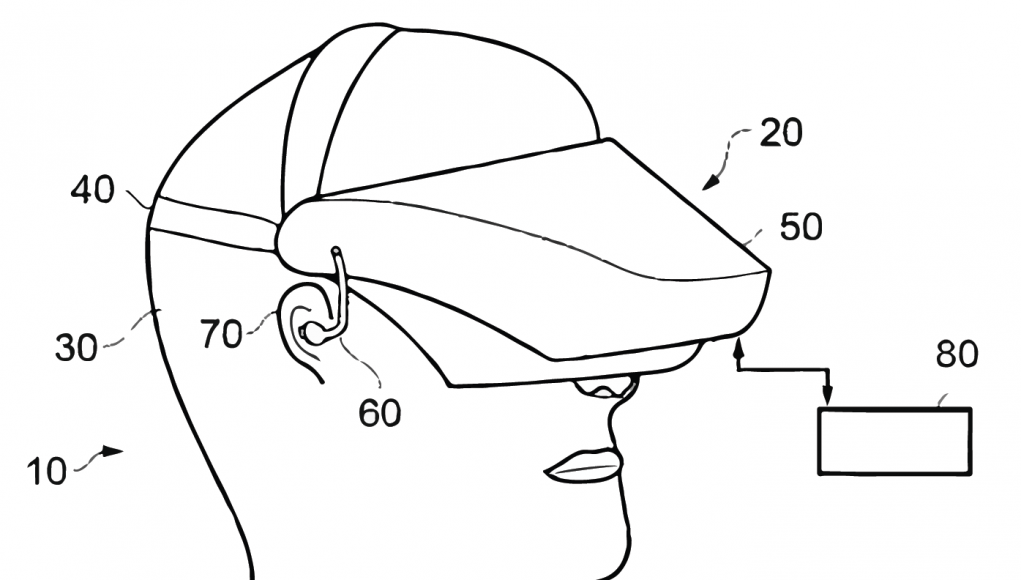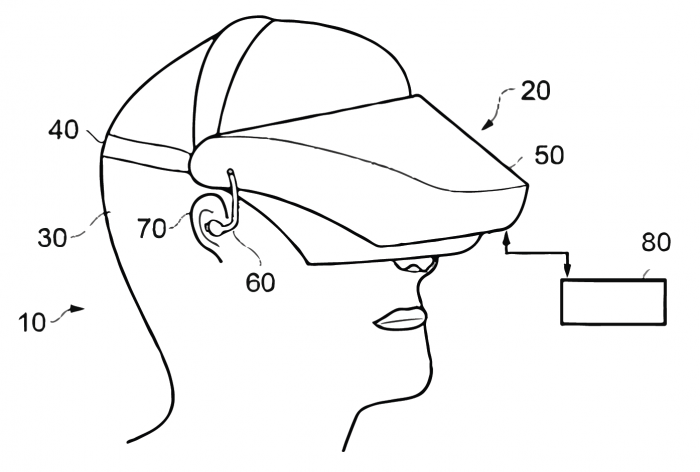With Samsung rumored to be revealing their ‘Gear VR’ device later today, we went digging through the company’s patent portfolio to see what information we might be able to glean. We stumbled upon a patent that caught our attention from Sony that’s for a “Head-mountable display with determination of the interocular distance.”
Interpupillary (or interocular) distance, or IPD, is the distance between the eyes. While you might think that IPD doesn’t vary much from person to person, it can actually deviate quite a bit. According to the 1988 Anthropometric Survey of US Army Personnel, the minimum measured IPD was 52mm with the maximum being 78mm for males and 76mm for females. The mean IPD for males is 64.7mm and 62.3 for females. Needless to say, making an assumption about IPD is not a good idea for a nausea free virtual reality experience.
There are the traditional ways of measuring ones IPD, like using a ruler, or going to an optometrist for a precise measurement. Oculus VR has designed a way for users to measure their IPD directly inside the Oculus Rift headset.
Sony, in a patent published on April 17th, 2014, lays out a method for automatically determining a user’s IPD using a camera mounted inside of a VR headset.
The method appears to use the camera to track the eyes of the user as they bring the headset up to their face. By comparing the distance of the eyes in multiple positions, the system would be able to calculate the user’s IPD. The steps are described as such:
- Capture a view of the user’s eyes using a camera mounted on a frame of an HMD at a start position
- Generate an estimate of the separation (Dr) and angle (θ) between the user’s eyes from the captured image a the start position
- Generate a motion signal representing a movement of the HMD with respect to time as the HMD is moved from the start position to an end position at which it is mounted on the user’s head for a motion period
- Integrate the motion signal over the motion period to determine a speed of movement of the HMD with respect to time within the motion period
- Integrate the speed of the movement of the HMD with respect to time within the motion period to generate a distance moved by the HMD with respect to time within the motion period
- Determine a distance (Dx) that the HMD has moved from the end position to the start position from the estimate of distance moved with respect to time for the motion period
- Based on the determined distance moved at Dx by the HMD from the start position at which a relative distance (DR) and an estimated angle (θ) between the user’s eyes was determined from the captured image, estimate the interocular distance (Di) of the user’s eyes from the distance moved (Dx) and the angle (θ) between the user’s eyes determined from the captured image at the start position
This could be an indication that a Sony VR headset could have a camera capable of eye-tracking while on the face of the user, opening up a range of useful possibilities from per-pixel focus to foveated rendering.
The patent appears to have been filed as far back as October, 2012, which offers further evidence to Sony’s claim that they’ve been working on VR for quite some time.








